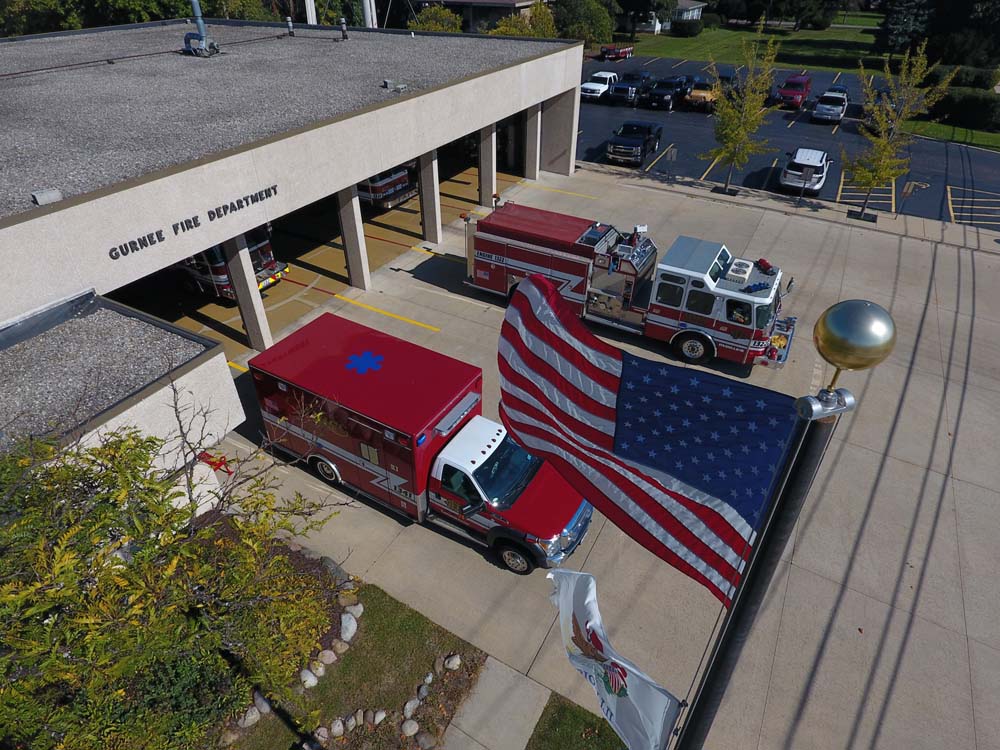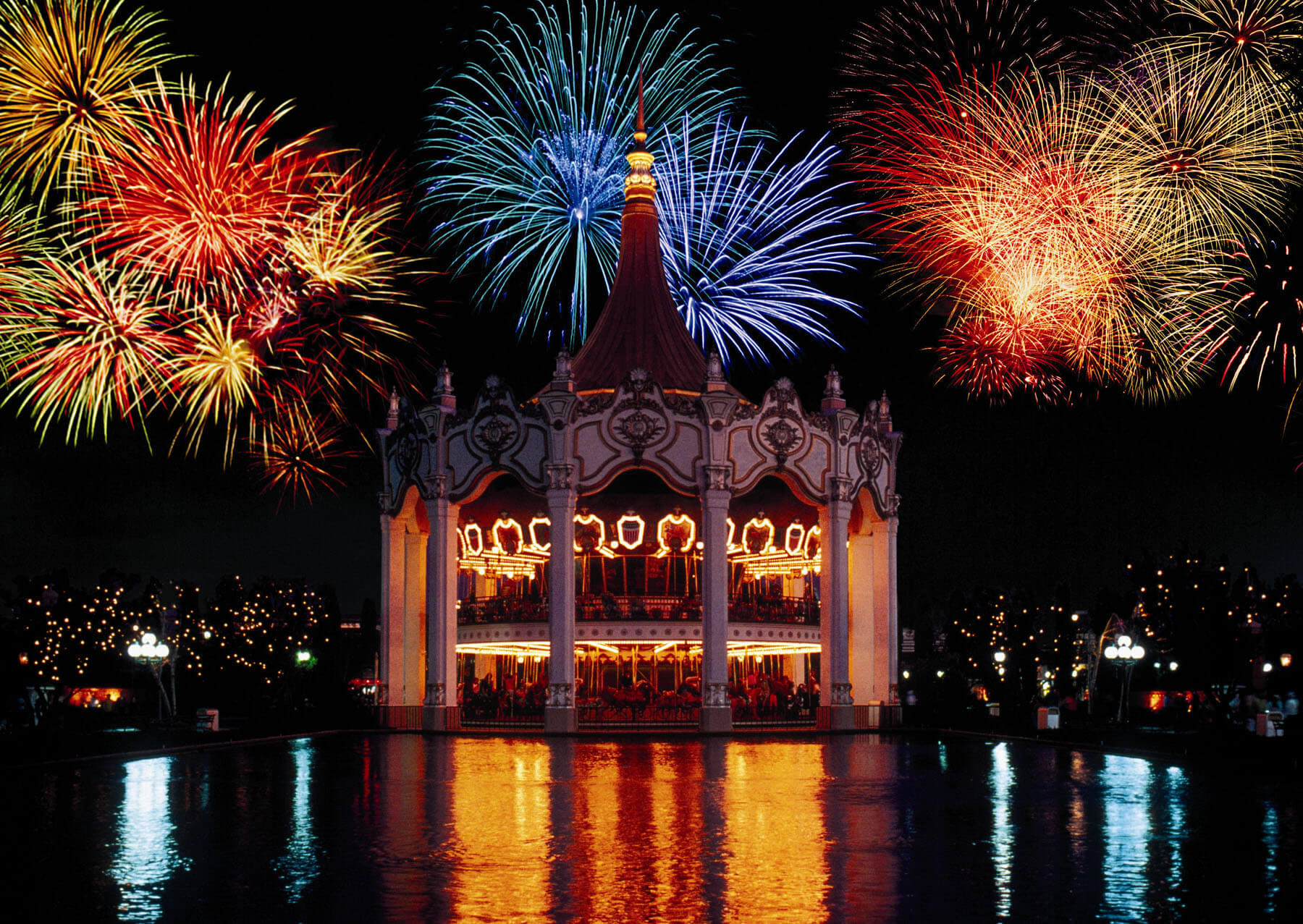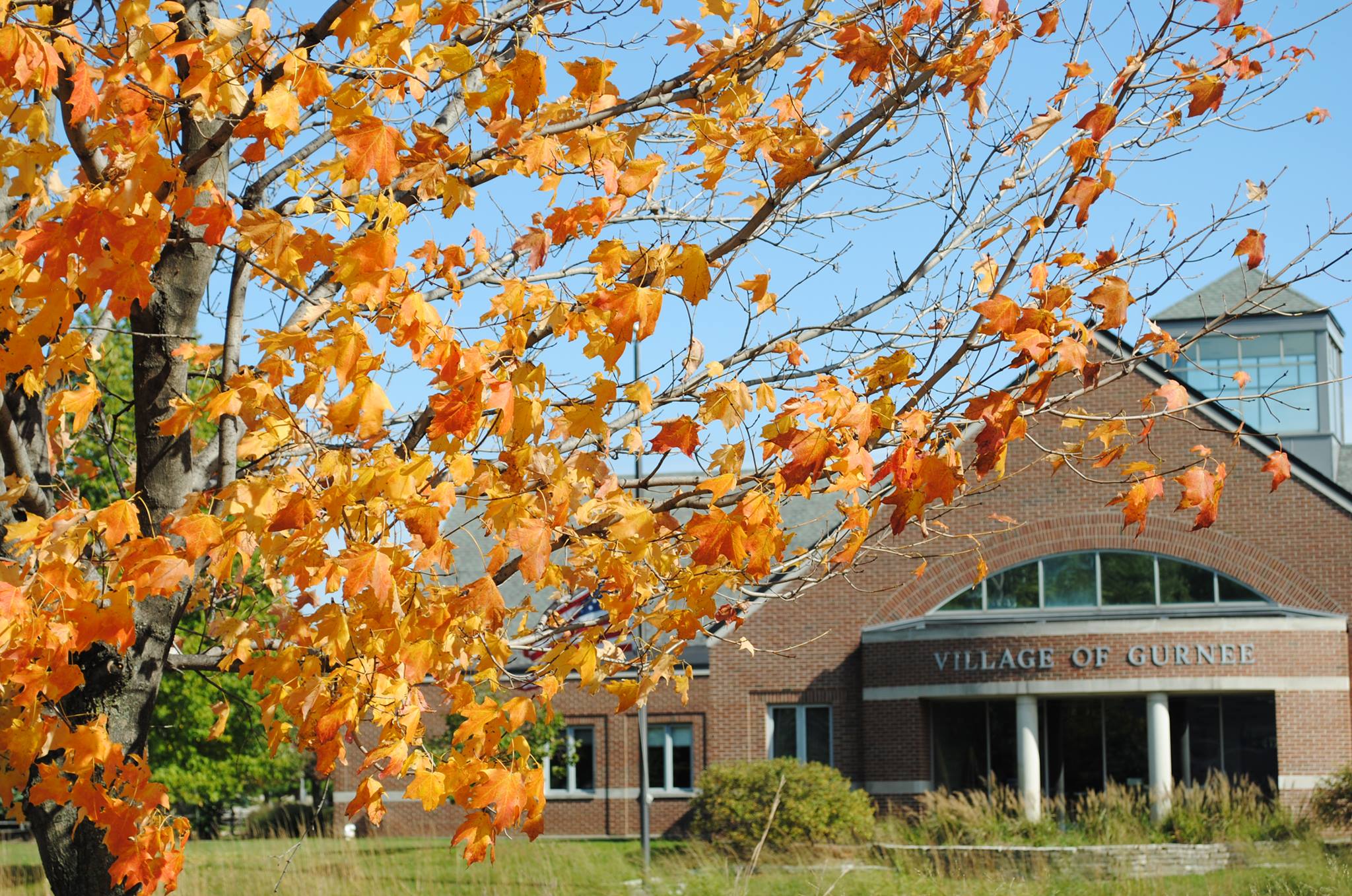Chlorine & Drinking Water: Update on Chlorine Disinfection Regulations
Chlorine is a chemical element found all over the world often bound to sodium to make salt (NaCl). Most chlorine can be found dissolved in seas and salty lakes, while large quantities of chlorine can be found in the ground as rock salts or halite. In this form it is called chloride.
UPDATED CHLORINE DISINFECTION REGULATIONS
The national drinking water standards for chlorine state that the maximum residual amount of chlorine is 4 mg/L. For more than 30 years, the minimum allowable level of residual chlorine in public drinking water systems was 0.2 mg/L. These regulations were recently reviewed by the Illinois Environmental Protection Agency (IEPA) and have been updated to now require all public drinking water systems to maintain a minimum 0.5 mg/L chlorine level throughout the drinking water system. To put this into perspective, 0.5 mg/L is the equivalent of a half pound of chlorine in one million pounds of water. As we are regulated by the IEPA, please contact the IEPA at 217-782-3397 about drinking water regulations regarding chlorine.
DISINFECTION AT CLCJAWA
Most chlorine readily reacts with naturally occurring minerals, compounds, and microorganisms. These components "use up" some of the chlorine. Water supplies add sufficient chlorine to the water to meet this chlorine demand and a little more to provide residual disinfection.
CLCJAWA uses liquid chlorine known as sodium hypochlorite, or bleach, to disinfect the drinking water. Unlike household bleach, this sodium hypochlorite is tested and certified for use in drinking water. In 2018 our chlorine residual ranged from 0.65-0.88 mg/L and largely changes based on water temperature. CLCJAWA strives to deliver the highest quality of water possible to our customers and add just enough chlorine to assure compliance with State and Federal drinking water standards. For more information please visit our website at www.clcljawa.com.
WAYS TO REDUCE CHLORINE ODOR IN WATER
Many people cannot smell chlorine in their drinking water. If you do not like the smell of chlorine in your drinking water here are some helpful ways to remove the odor.
The simplest way to remove chlorine is to simply let it evaporate from the water.
Chlorine is a gas at room temperature, and in water it will escape into the air over time. The amount of time needed varies with air and water temperature.
Vitamin C found naturally in fruits removes chlorine. Take a gallon container of water and add a whole thinly sliced orange. The vitamin C will remove the chlorine in about thirty minutes and will naturally flavor the water. Lemons, limes, mango, strawberries, or cucumber will also work.
Though not necessary, activated carbon filters for drinking water remove the taste of chlorine. Activated carbon is a special filter media that removes chlorine, chloramines, and organic compounds from water. Remember to change the filters frequently though as bacteria will build up because the chlorine is removed from the water.




Leave a comment